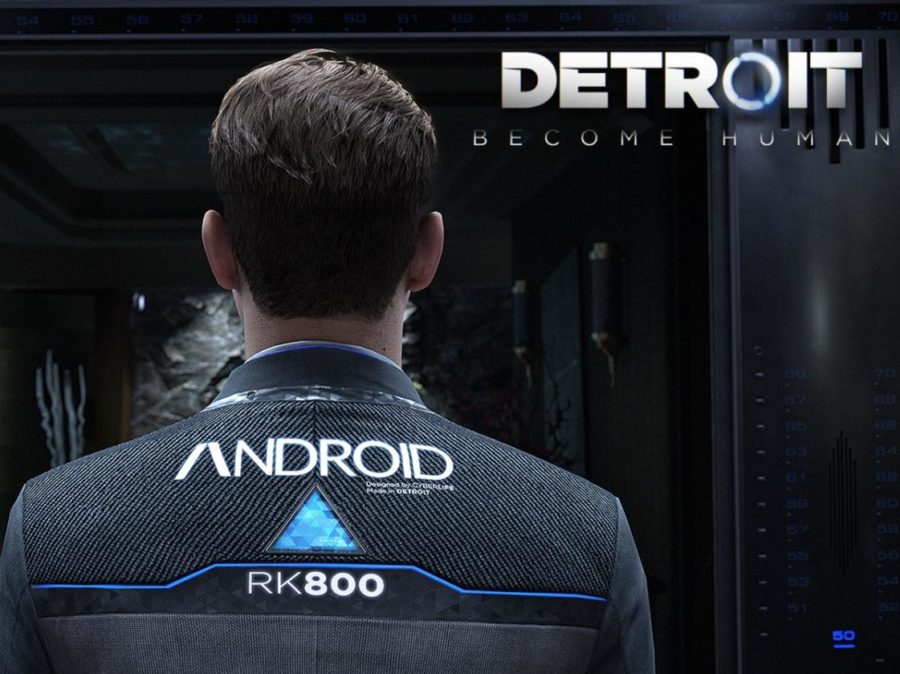Artificial intelligence in Detroit: Become Human
May 25, 2022
Content Warning: this article contains mentions of child abuse, gun violence, violence, and major spoilers for the game Detroit: Become Human.
One of, if not the best, representations of artificial intelligence in a video game is in Detroit: Become Human.
Detroit: Become Human is an adventure game where the entire storyline depends on choices the player makes throughout the game. The game’s tech demo and a video where the company showed the new technology they are using originally came out in early 2012, and the game was released six years later in April of 2018. The developer Quantic Dream has also made a few other very popular games such as Heavy Rain and Beyond: Two Souls.
The game takes place in Detroit, USA, in the year 2036, when androids have become mainstream. An android is an AI that looks like a human, can perform tasks, and think for itself. It follows three main characters: Kara, Marcus, and Connor, who are all androids.
The game discusses deviants, androids that have realized they do not have to obey orders and have “become alive”, a modified version of the Turing Test, and how androids can react in different situations.
The first example of deviancy in the game comes from one of the main characters, Kara. After witnessing a father beating his child, Alice, she disregards her order from the father to go upstairs and steps in to stop him and help save Alice. The game represents this by showing Kara’s programing as walls in front of her and the player having to break through it. All of the actions past this point depend on the player’s choices, Kara can shoot the father, Kara and Alice can get killed, or most common, Kara and Alice can run away together.
Halfway into the game, a modified version of the Turing Test is used by the creator of androids on Connor. Connor is an android working with the police force to find deviants, and once found, they go to meet the creator of the android, Kamski, to see if he knows why androids are becoming deviants. Kamski completely avoids this question and begins to suspect that Connor himself is a deviant, so he sets up a test.
He brings over an android, puts a gun to its head, and then hands the gun to Connor. Kamski tells Connor to shoot, while Connor’s work partner, Hank, tells him to put the gun down. Once again the player decides what path to take but the vastly more common option is to put the gun down. This shows that Connor displays empathy, a human emotion that an android is not programmed or supposed to feel.
“You preferred to spare a machine than accomplish your mission. You saw a living being in this android. You showed empathy,” says Kamski.
The final show of deviancy in this game is near the end when Connor is tasked to find and destroy a group of deviants. He finds their leader and puts a gun to his head, but decides against shooting as he sympathizes with their cause and even ends up joining them (this can change based on the player’s choices).

